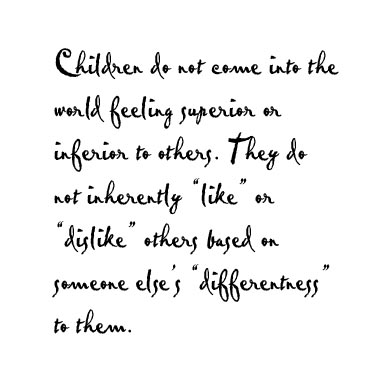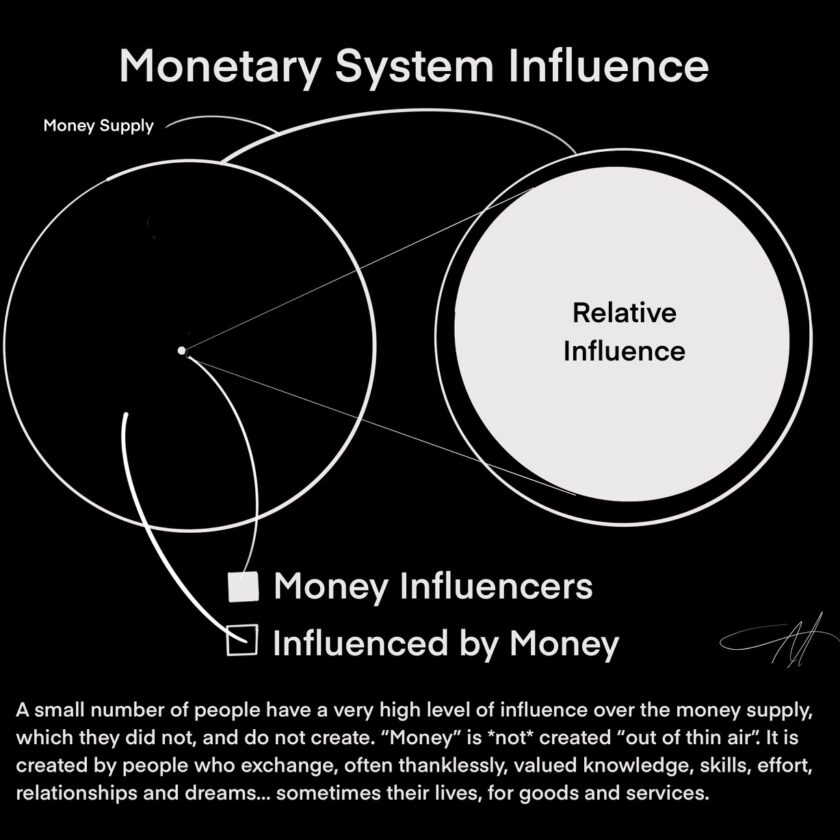[NOTE: The following essay is for everyone who realizes the sacred responsibility that comes with raising children. It is a companion to my book, I Am My Body, NOT!, and will be presented in 6 parts.]
On Loving With Love, Not Fear
It is perhaps the most special time of our lives; a time of ultimate innocence, implicit trust and faith, and utter dependency. Childhood is that time of life when magic carpets can silently whisk you to exotic lands, and you don’t need a seat belt. Pigs and toasters can indeed fly. And, while being towed by a group of subsonic flying reindeer and sleigh, a man called various names, including Saint Nicholas, Kris Kringle, and Santa Claus, can carry enough toys and gifts for an entire world of young believers, and make special deliveries to kids in twenty-four time zones, on time, and in a single night.
Only a child could believe in such things. And only children do. They don’t enter the world with such beliefs. Children embrace ideas and beliefs as they are passed to them from people they love and depend on, like you and me.
As wonderful as it can be to be a child, it is that much more important being someone who influences children, especially parents and teachers. Each day, we can and do teach them: with love, or with fear.
Children do not come into the world feeling superior or inferior to others. They do not inherently “like” or “dislike” others based on someone else’s “differentness” to them. Naturally open and inquisitive, they must and will of necessity, take in and absorb all information that comes to their attention. They cannot, and should not discriminate too early. It is therefore incumbent upon us to discriminate on their behalf with respect to the kind and quality of information, attitudes, and beliefs that we “feed” to them.
If the ideas that we feed children are fear laden, it will be as garbage to their mind and emotions, affecting their growth into sovereign human beings, and even the awareness of their sovereignty. To them, whatever we feed them will be gospel. Therefore, we must be aware of what we fear, and to what extent we are passing it on, consciously or unconsciously, to our children.
How we go about teaching children lovingly, but without fear is the question at hand. There will be times to step forward, times to stand still, and times to step back throughout their lives. Yet how do we teach them to be cautious without causing them to shut down their minds and squelch their imaginations?
Next: Fearlessness Begins and Ends with Love







Greetings Gebs,
Fear is not taught benignly, it is most often demonstrated unconsciously. It is “modeled” within our actions, when we amplify, intensify, or reinforce an idea or behavior that perpetuates “dis-ease” and that doesn’t promote confidence and inner peace.
Since birth is not the beginning of “life” as we presently know it — with life representing a continuum rather than a “one shot” experience with a single beginning and end — any unresolved “issues” that we wish to master from a prior incarnation can and will certainly carry over to the current one. It is important to realize that the purpose of the “issue” is a rallying point around which we can once again discover and express inner mastery, and a tendency to over react in response to a non-threat would indicate a place that will eventually warrant one’s attention.
So the fear is not “inherited,” per se; it is demonstrated through our behavior. Your child may have also observed the tendency to over react among family members or other close ones.
This is an opportunity for those who notice the behavior and see it as something that might warrant some “adjustment,” to look within. The purpose of this introspection is *not* to see who, or what went “wrong,” or to make the child “wrong,” but to find and reveal the wisdom and presence of mind to model new behavior within one’s *self*. Teach the child discernment, peacefulness, and calm by being more discerning, peaceful, and calm, by being able to laugh at the small stuff, and remain balanced and centered when s&@t happens.
Laughing at the small stuff replaces flying off the handle. Being calm removes the “pins and needles” of expected danger from day-to-day situations. The child will notice the difference.
When the “milk” of life is spilled, he’ll begin to understand that all is not lost. When the “flies of life” come buzzing, he’ll have the presence of mind and wisdom to discern them from bumblebees and spiders. When bumblebees and spiders do come, as they will for us all, he’ll still know that he’s safe, and that knowing will become his protection.
He takes his “cues” from you, and as you change yourself, so shall he change himself.
Warm regards,
Adam…
Thanks for your words of wisdom.
I would like to ask a question though. I understand your point that we are able to somewhat benignly teach our kids fear.
What about fears that our children are born with. for example, the first time my child felt a fly on his hand he screamed in terror. Perhaps this is inherited fear?
Adam I think you will appreciate “The Magical Child in Exile” piece I wrote and have posted on my blog….
http://carolom.wordpress.com/tag/childhood/